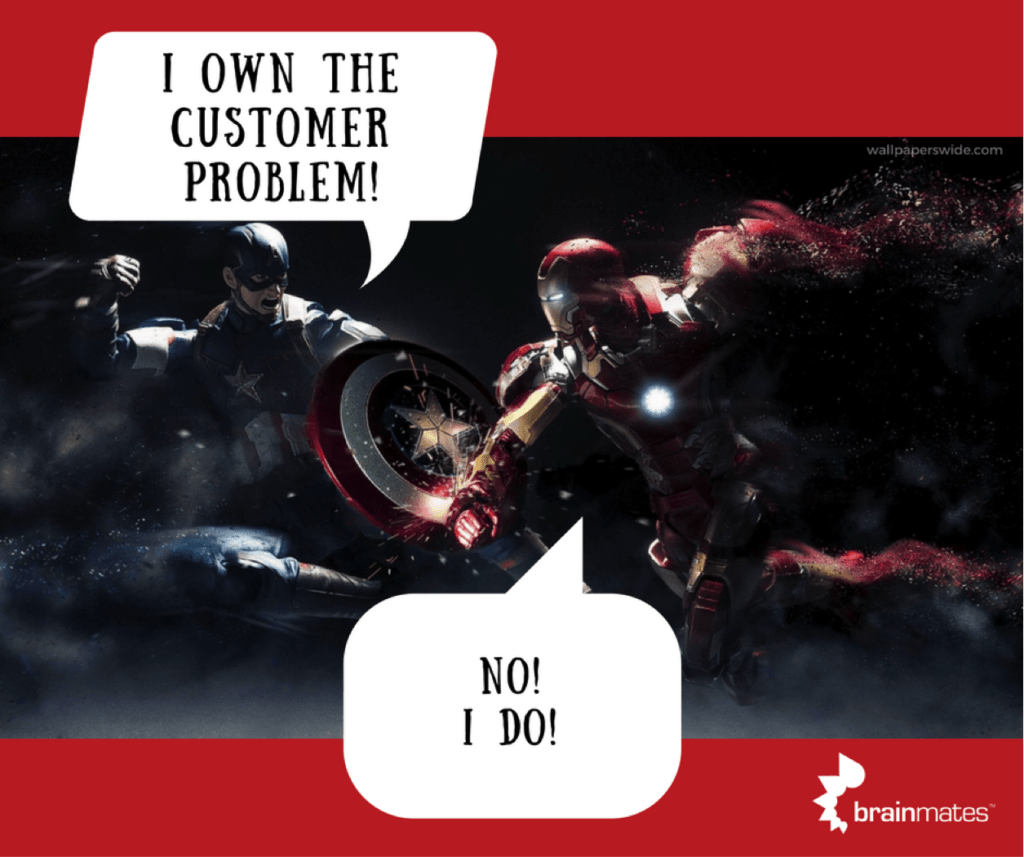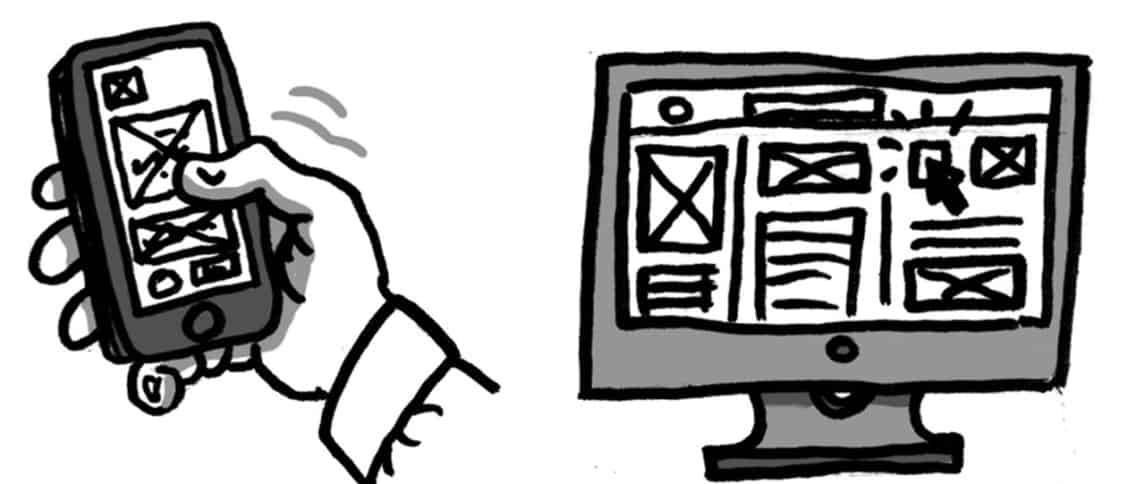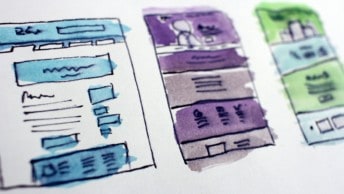As a product manager by trade, I’ve had countless conversations with UX designers about what product management is really about. Online, there’s plenty of chatter that seeks to justify the existence of product managers to curious UX-kinfolk.
Today, I want to shift the conversation to something more interesting – celebrating shared objectives and considering product management as a viable career path for UX professionals.
As is typical of product managers, I fell into the role by accident. I had to look up what a product manager even did before my first interview for the role back in 2001.
‘Product manager’ is one of those roles that draws in people from numerous trades and industries. Regardless of qualifications and experience, excellent product managers share common traits like customer empathy, curiosity, great communication, good listening and a philosophy of continuous improvement.
Even though you can’t pursue a degree in product management at university, you’ll find us in the thick of the action in many product-centric companies today – leading from the front.
So, what is product management?
You know what UX is, so I won’t preach to the choir a first principles definition of user experience or user experience design. But, for the sake of alignment, in my mind, the fundamental mission of UX is to present to your user the fastest path to satisfaction.
If I boil down the essence of why a business needs product management, it’s to answer these two questions:
- What problems are we solving?
- Who are we solving it for?
It sounds basic, but around half of all new product development efforts fail because these two questions are not adequately answered.
On a broader level, organisations invest in product management as a business strategy to achieve sustained competitive advantage. These organisations typically have growth objectives – to grow profit or market share, for example.
Sustained growth requires sustained competitive advantage. To achieve this, a business needs to invest in differentiated, hard to copy, value creation – that plays to the strengths of the business – over a sustained period. Product management is the practice of delivering this sustained competitive advantage.
For product-led companies, great product managers are a business necessity. They’re the people who ensure scarce company resources are allocated to making the right products and helping the business grow.
Product management ≠ UX
There’s a decent overlap between the role of a product manager and a UX designer – both roles seek to understand customer problems and empathise with the user. So it’s no surprise that on occasion UX designers and product managers clash.

Power struggles arise over who makes the call on delivering value to the customer – especially in recently expanded teams with the introduction of one of the roles (UX or product management). The roles are not the same, though, nor should they be trying to do the same thing. When this happens, someone isn’t playing to their position on the field.
You could say a product manager is a Jack of all trades and a master of none. Interestingly, the number one challenge of any product manager is competing priorities. There’s always more to do than available hours in a day. Product managers can’t try to be experts at everything. Whether that’s trying to optimise a remarketing program in Adwords, or spending too much time computing price elasticity for their high volume product. Trying to out-design a UX specialist on the interface for a new cloud offering means they miss the big picture.
Any product manager who doesn’t embrace UX expertise needs their head read. UX shares the customer research load, guides best practice in product design and shepherds that through development. UX designers are critical to a product manager’s success.
Why a career in product management?
Recent research shows that product management is now the highest paid role in Silicon Valley. A product manager in Sydney can earn, on average, $100,000 p.a. and a Senior Product Manager $145,000 according to job website Glassdoor.
The most rewarding aspect of product management is having a diverse and profound impact on the success of a business and its customers. You get to direct the energy of a talented group of people towards helping customers. It’s quite a buzz when done well.
In many organisations, product management is a high profile role. You get great exposure to senior leadership and it opens up more diverse career advancements in senior management. Of course, it’s not without its challenges. Occasionally it can feel like an overwhelming, thankless, 24-7 arse-kicking. But, if your organisation has strong leadership, and you can balance your attention between the finer details and the big picture, it’s a rewarding way to develop your career.
What’s the one thing you wish you could get product managers to understand? Let us know in the forums!






Hi Sean, Great post. Been studying Product Management recently. Thanks for the insights. Paddy